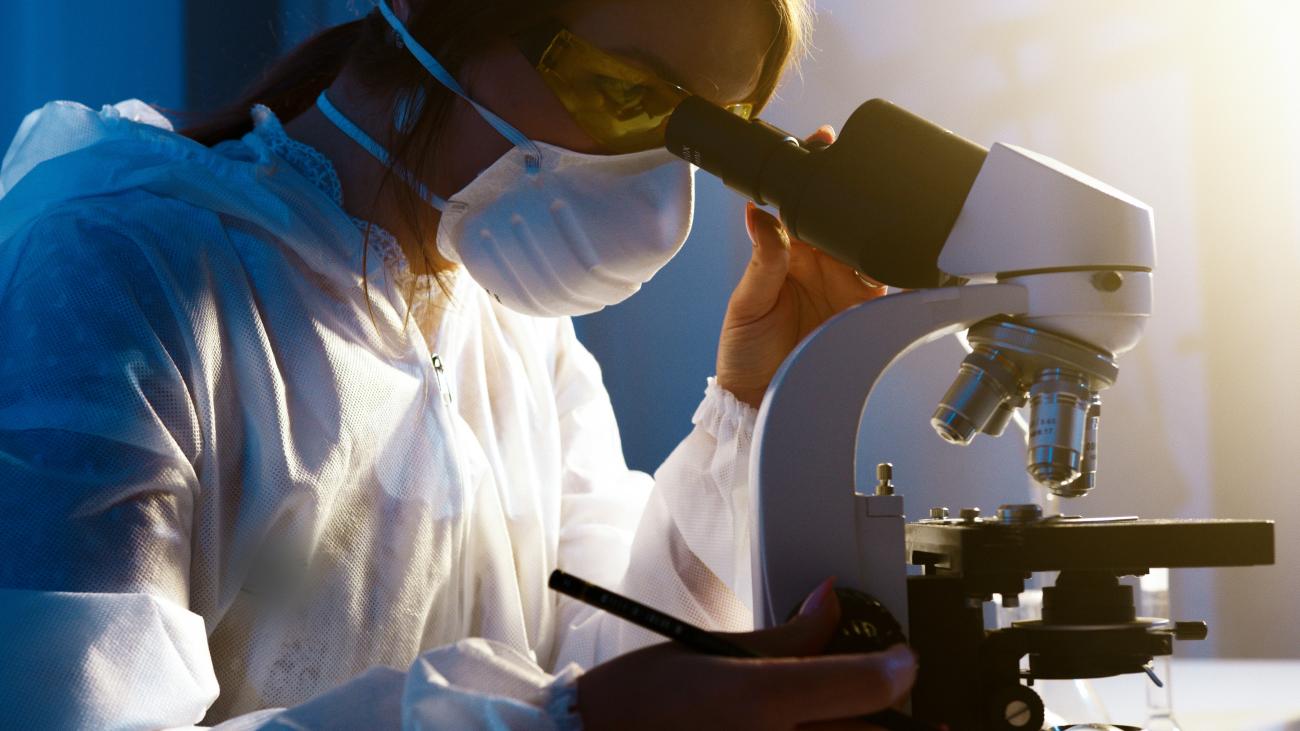Database providing access to the High Technology Network's industrial research offering: research competences, type of analyses and tests available at the Laboratories. Companies can consult the Catalogue to find Laboratories and researchers that match their needs.
Competence
"Transient and stable" cellular bio-sensors design, construction and validation
2D, 3D and 4D imaging and quantification
Cell based high content imaging and screening
Characterization of products of microbial origin: biomass, metabolites, natural antibiotics. Conversion and transformation processes of food an by-products
Clinical requirements analysis
Combined stabilization strategies to enhance shelf-life and food safety
Comparative numerical analysis
Design and production of transfelable nano-structures and nano-metric biosensors
Design, production and validation of bio-funcionalized surfaces for biosensing application
Design, production and validation of chemo- and opto- electronic biosensors for nucleic acids detection
Design, production and validation of molecular biosensors
Design, production and validation of molecular biosensors (based on bistable plasmid) for RNA and peptides fluorescence detection
Diagnostic biomedical equipments: "selection of the conditioning"
Diagnostic biomedical equipments: 2D and 3D alignment of Radiological Data
Diagnostic biomedical equipments: calibration and performance verification
Diagnostic biomedical equipments: cross-validation, repeatability and reliability studies
Diagnostic biomedical equipments: design of communication protocols and integration between components and instrumentations
Diagnostic biomedical equipments: design of experimental protocols and clinical trials
Diagnostic biomedical equipments: field evaluation
Diagnostic biomedical equipments: hardware and sensors design, for analysis, storage and transmission
Diagnostic biomedical equipments: Segmentation of fluoroscopy data
Diagnostic biomedical equipments: software design for signals elaboration
Diagnostic biomedical equipments:design of recognition and classification algorithms
Effects of packaging on the evolution of food microbial population
Innovative strategies for microbial control: the use of natural antimicrobials and thermal treatments
Interaction between food microorganisms and gut microbiota
Marker identification for the instrumental detection of desired or undesired microflora: set up of markers or indicators
Microbial analysis, challenge tests, instrumental analyses
Microbial response to environmental stress: optimization of microbial performance
Microbial strain selection for food production: enzymatic, physiological, and genetic characterization
Microbial strain selection: technological characterization
Microbiological activity in food: risk analysis
Microscopy and nano -scopy, nanomechanics characterization in vitro with AFM technology
Modulation of microbial growth and shelf-life evaluation as a function of formulation and storage condition
Molecular analyses for the identification of pathogens and spoilage microorganisms and the evaluation of their impact on final product,
Molecular screening based on bio-sensors
Nanoparticles and surfaces microscopy characterization and bio-chemical derivatization
Numerical optimization of biomedical instrumentation
Optimization of traditional stabilizing treatment to improve food quality
Otpimization of fermentation conditions: traceability and authenticity of typical or brand fermented food products

